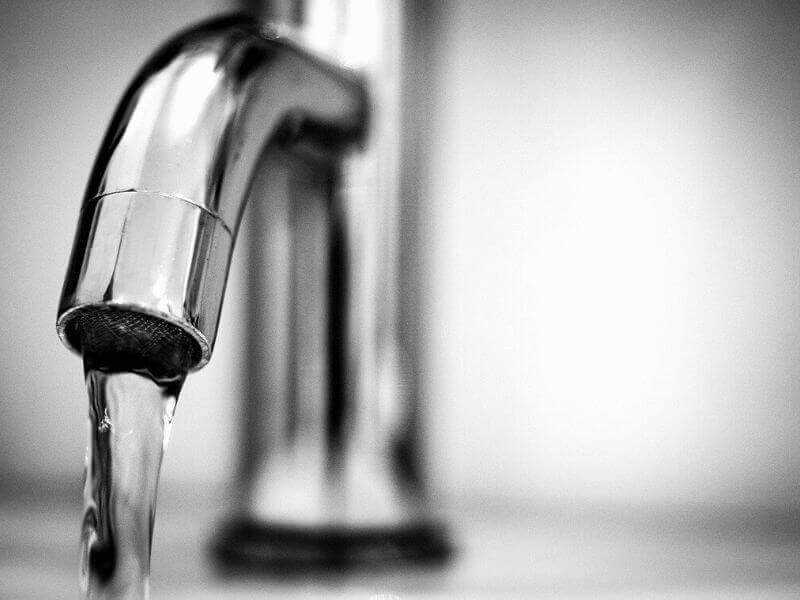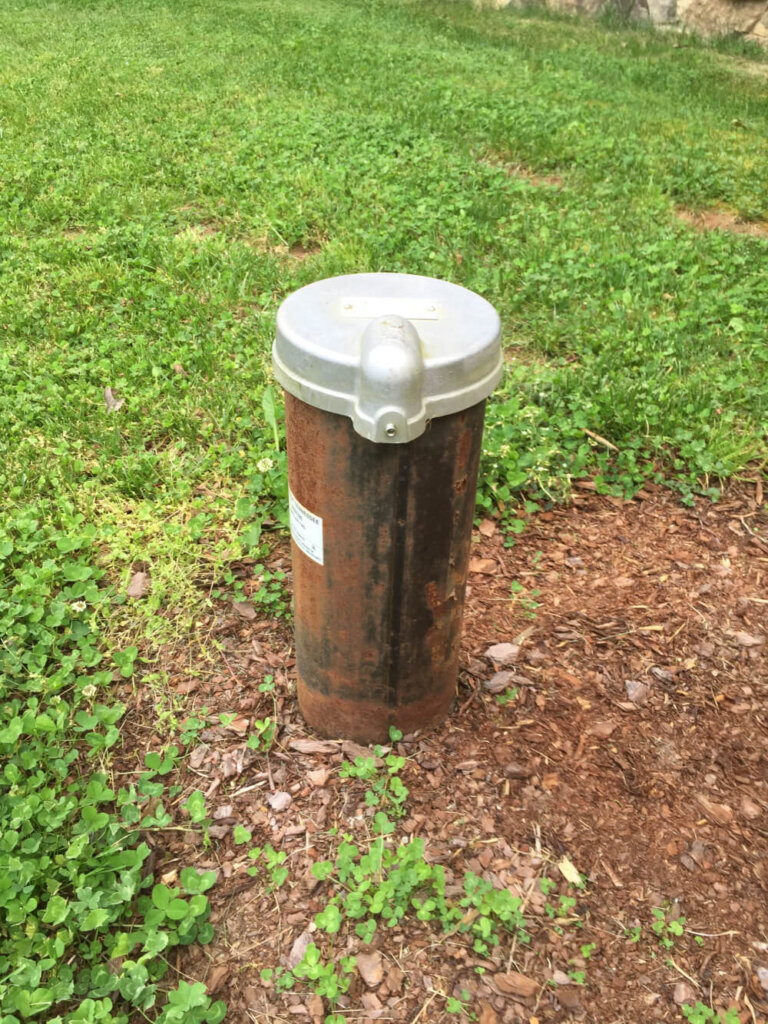In most cases a water sample is unsafe if it has coliform bacteria in it. Coliform bacteria are an indicator that other potentially harmful bacteria and contaminant are present. The water in your Waukesha WI home can be at risk for a number of reasons, especially if you rely upon your own water well.
Nearly 1 million people have private wells in Wisconsin and, unlike public water supplies, they are not protected or maintained by government agencies. It’s up to the homeowner to keep them safe. The Wisconsin Department of Natural Resources (DNR) sets and enforces standards for well construction, pump installation, well fitting and sealing. But there are no rules on how often to test well water. Keeping your well water safe is up to you.
When was the last time you had your well water tested? You want your family to be safe and healthy, right?
Recent state-wide surveys found only 10% to 16% of private well owners regularly test their well water for any contaminants. You should test your well every year for bacteria and nitrates – more often if you notice changes in water color, taste or smell.
Clean, safe drinking water should be a high priority. Check out a recent Wisconsin Plan for details.

Collecting A Water Sample
Most water sources are safe from coliform bacteria. Yet, samples taken at random result in an “unsafe” result. What’s up with that? Before you worry about your health, consider the possibilities for a false reading. The way you take samples impacts how the results come back. Poor sampling techniques or taking a sample in a hurry can result in a false finding. Collecting water for testing with dirty hands, or using a dirty sample bottle easily contaminates the sample. Even setting the bottle cap on a dirty surface is a risk – never set it on the ground. Testing for bacteria is very sensitive. The pesky germs are literally everywhere. Consider more possible ways a sample can get spoiled:
- Taking water from a dirty faucet – a dirty or leaking tap.
- A faucet with plastic parts – bacteria cling to plastic so avoid a faucet with plastic parts. NOTE – many new fixtures have plastic valves inside them so be aware.
- Samples taken through a faucet aerator can capture bacteria trapped in the mesh.
If you can, sterilize faucets before taking a sample for testing. Remove any clinging bacteria that can spoil an accurate test.
If you’re taking your sample from an outdoor source, keep in mind:
- Insects can contaminate a frost-free hose bib outdoors and bugs are not clean.
- NEVER, EVER take a sample from a garden hose – bacteria love garden hoses. The enclosure, left in the hot sun, is an ideal breeding ground for bacteria.
The U.S. Environmental Protection Agency (EPA) offers guidelines and resources to explain the value of water testing when it comes to family wellbeing.

Pay Attention To Water Well Systems
There is an assortment of sources for contamination inside every water well system. Everything from its pumps, pipes and tanks to a well’s basic components. If you’re looking for sources contributing to an unsafe report, consider:
- A bad pressure tank within the well system
- An underground pressure tank with a pin hole leak
- The bladder or diaphragm on the pressure tank is leaking
Maybe your system needs a good cleaning, shocking and chlorination. Keeping it in tip top shape is up to you. There are resources in the area to do the job. Getting it done right is worth the peace of mind knowing your drinking water is safe, right?
A well and water system professional can also check and repair problems with the well itself. Problems that may include:
- A crack in the well casing or a bad weld that’s leaking.
- Well casing that’s too close to the ground – a lawn mower can blow debris into it if it’s less than 12 inches high.
- A broken well cap – cracks allow insects, dirt and debris into well water.
- No well cap at all – if you’re using an old pail or coffee can, get a new cap installed.
- Broken, leaking lateral line between the well and buildings.
- Electrical troubles – a frayed wire can contribute to an environment where bacteria thrive.
- No backflow prevention device or one that’s not working properly.
Turn Around An ‘Unsafe’ Water Sample
Do you have the scary-looking bugs called earwigs in your yard? They are one of the worst causes of contamination in private wells. Along with other insects they get into the system and bring with them bacteria. If insects are present in huge numbers you might have to get them vacuumed out. Then a good dose of chlorine returns the system to normal.
From this brief review of potential sources of contamination you can understand why keeping your drinking water safe isn’t easy. You can take samples of your drinking water and send them off for testing, or you can rely on professionals like the staff of Schoenwalder Plumbing.
Our certified licensed plumbers are not only ready to provide accurate testing, they’re trained to repair or replace anything within your well water system. Give us a call and we’ll take an accurate water sample and provide you with reliable solutions for your Waukesha WI or Lake Country property.
